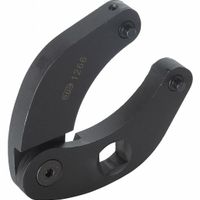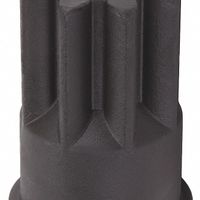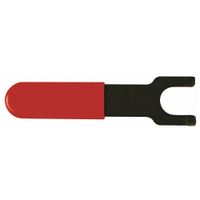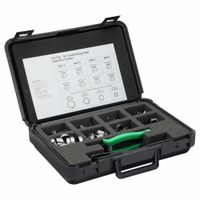- Home
- Fleet Vehicle Maintenance
- Vehicle Tools
- Vehicle Engine Tools
- Vehicle Engine Hand Tools
Vehicle Engine Hand Tools
Vehicle engine hand tools fit into confined areas in the engine assembly for maintenance and repair activities. Cylinder gland nut wrenches fit hydraulic cylinders on vehicles featuring large gland nuts. E-Clips fit into grooves cut into shafts and hose fittings to secure connections in cooling syst .....Read More
Frequently Asked Questions
What are the best tools for working in confined engine spaces?
How do cylinder gland nut wrenches work on hydraulic cylinders?
What is the purpose of E-Clips in vehicle maintenance?
How do engine barring sockets assist in engine maintenance?
What is the function of a lock ring spanner wrench?
How do STC release tools work for disconnecting hose fittings?
What are the essential hand tools for vehicle engine repair?



